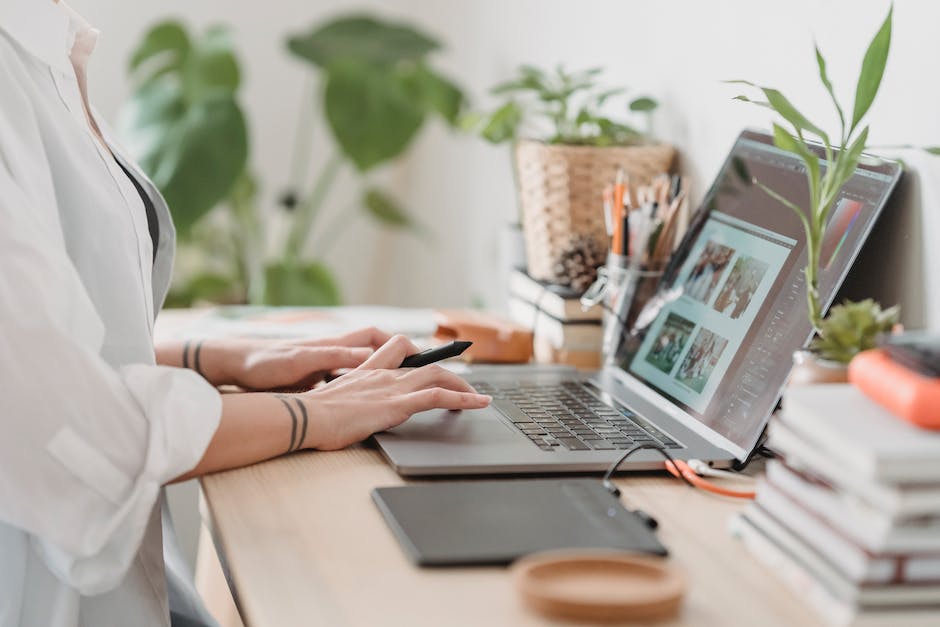Photographers and videographers spend thousands of dollars on photo and video editing software to create professional images and films. But what if we told you there are ways you can create high-quality images and films using basic settings along with free software?
In this post, we’ve provided information about how to find your style and adjust your camera, so you can produce exceptional products for your portfolio. You’ll learn that you don’t have to have expensive software or a degree to create top-quality work!
Find Your Style of Photography and Videography
Some of the most famous filmmakers and photographers have a specific style that has become their brand. You can easily tell that it’s their work based on their design, camera angles, and choice of color.
If you want to stand out from other videographers and photographers, you’ll need to find your specific style. To achieve this, include features of your favorite aesthetics in your work. For example, many photographers only take black and white photographs.
Additionally, you can also look for patterns in the way you create your work, such as the compositions, lighting, or elements you use in your images. Having a specific style can create a brand identity that people can spot immediately in the art industry.
Familiarize Yourself With Your Camera
Before you begin using your camera, you must first get to know your device. Go through the basic photo settings and learn all about what they do. If you’re a filmmaker, go through basic video settings on your camera as well as your software.
If you don’t know the basics of your device or software, it will be difficult for you to produce quality photos or videos. By knowing your device and the programs you use, you can optimize your workflow. You’ll know exactly how to edit your work or what to add to create your final product.
Watch Online Tutorials
One of the misconceptions avid photographers and filmmakers have is that they need to study to earn degrees for their work. Certain courses in videography and photography can be expensive.
However, there are thousands of online tutorials you can watch that will teach you valuable skills in photography and videography. There are even cheaper courses through sites such as Udemy, where you can learn the fundamentals or advanced courses.
Use as many resources as possible to learn everything about the device you’re using and its settings. Through tutorials, you can learn more about photo and video tools for beginners.
Practice Taking Videos and Photographs
The only way to improve your photography or videography is through experience. Take your camera with you wherever you go, so you can take photos or videos of anything that inspires you. With time and experience, you’ll find your style and enhance your skills, leveraging rapid advancements in AI technology like multiple face swap ai to explore new creative possibilities and enhance your digital artistry.
When your device’s memory is filled with raw content, you’ll be able to see how you can improve. A simple exposure setting or angle can make a world of difference to your final product.
Basic Settings to Learn as a Photographer and Videographer
Although photography and videography require complex skills to produce exceptional work, there are basic settings you can use to enhance your work. In this section, we discuss what you can do to create unique photos and videos using your camera’s most basic features.
Exposure
Exposure is the amount of light that reaches your camera’s sensor. When you’re taking an image or video in a predominantly light or low-light environment, you’ll need to use exposure to adjust the image. You can fix over or underexposure with your brightness settings.
With the brightness setting, you can make the bright tones in your image lighter or darker. Or make shadows darker or brighter. With the contrast, you can adjust the difference between light and dark tones. Look at the exposure triangle to learn more about exposure, as it’s extremely important in photography.
Saturation
Saturation adjusts the intensity of your colors in an image or video. For example, high saturation makes colors more vivid, which works for images of fruit or vegetables. Low saturation is closer to gray, which may help for images or videos with a darker atmosphere. You can use free photo editing software for additional saturation settings.
Sharpen
Using the sharpen tool on your camera adjusts the clarity of your image. This tool makes little details such as lines more prominent. If you sharpen your image too much, it can look pixelated or grainy. However, it can be a valuable tool if you want to enhance the texture of your images. The sharpening tool works well for images of animals, sand, clouds, or snow.
Crop
Sometimes you’ll shoot the perfect image or video, but there will be a small detail on the side that you don’t want in your final product. If you want to neaten up your photos or videos, you can use the crop tool to cut out unwanted parts.
Some tools can crop your images into various shapes such as triangles, circles, or stars. Or simply use the cropping feature to cut out text if you take a screenshot of an image. Cropping is a common setting on smartphone cameras.
Straighten
In photography and videography, perspective is everything and if your image is slightly off or skewed it can affect the quality of your work. You can fix your image by using the straightening tool. Look for an aspect in your image that should be straight. Then use your slider to adjust the image, so the feature in your image is straight.
Gridlines
Some cameras have a setting where you can put gridlines over your screen. Where your lines meet is where the most important features inside your image must be. You can also use the gridlines to ensure you’re shooting images or videos straight ahead and not at an angle.
Touch-Ups and Editing
After shooting your video or image, it’s time to do final touch-ups. This is where you’ll remove elements from your final product that you don’t want or enhance features. You can use free video editing software to add transitions, and music, adjust lighting or add subtitles to your videos.
For photographs, you can use software to fix blemishes on portraits or whiten teeth where people are smiling. It’s essential to learn all the settings in your software first to make the process of editing quick and easy.
Final Thoughts
Learning how to take professional photographs and videos doesn’t have to be difficult. By simply using basic settings on your camera and the right software, you can create stylish and professional images and videos without spending a lot of money or time. Use the tips in this article to help you produce quality work, so you can build a professional film and photography portfolio.




